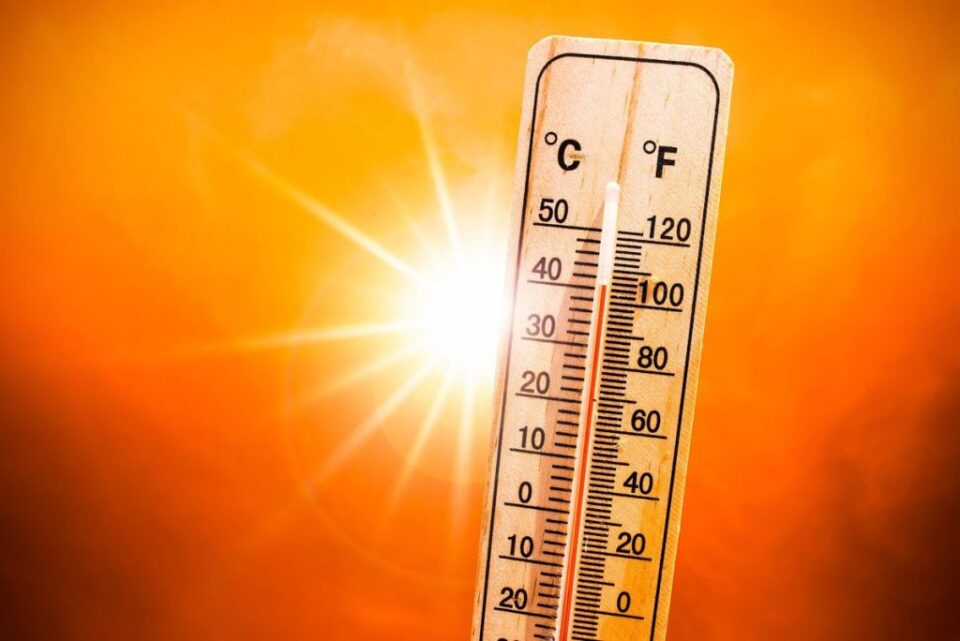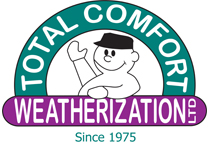FIRE WEATHER WATCH REMAINS IN EFFECT FROM SUNDAY AFTERNOON THROUGH MONDAY EVENING FOR WIND AND LOW RELATIVE HUMIDITY FOR FIRE WEATHER ON THE EAST SLOPES OF THE CENTRAL OREGON COAST RANGE AND WILLAMETTE VALLEY.
* WINDS…North 12 to 16 mph, with gusts up to 25 mph.
* RELATIVE HUMIDITY…15 to 25 percent.
* IMPACTS…Conditions may be favorable for rapid fire spread which may threaten life and property. Use extra caution with potential ignition sources, especially in grassy areas.
* ADDITIONAL DETAILS…The period of highest concern is Sunday afternoon and evening, particularly from Woodburn southward through Albany and Eugene, to Cottage Grove.
PRECAUTIONARY/PREPAREDNESS ACTIONS… A Fire Weather Watch means that critical fire weather conditions are forecast to occur. Listen for later forecasts and possible Red Flag Warnings.
EXCESSIVE HEAT WARNING REMAINS IN EFFECT FROM 11 AM SUNDAY TO 10 PM PDT THURSDAY…
* WHAT…Dangerously hot temperatures. Afternoon high temperatures of 95 to 105, with warmest days being Monday and Tuesday. Overnight low temperatures will be in the 60s, but lower to middle 70s in the larger urban cores.
* WHERE…In Oregon, Central Coast Range of Western Oregon, Greater Portland Metro Area, Central Willamette Valley, South Willamette Valley, Northern Oregon Cascade Foothills and Cascade Foothills in Lane County. In Washington, Greater Vancouver Area.
* WHEN…From 11 AM Sunday to 10 PM PDT Thursday.
* IMPACTS…Extreme heat will significantly increase the potential for heat related illnesses, particularly for those working or participating in outdoor activities.
PRECAUTIONARY/PREPAREDNESS ACTIONS…
Drink plenty of fluids, stay in an air-conditioned room, stay out of the sun, and check up on relatives and neighbors. Young children and pets should never be left unattended in vehicles under any circumstances.
Take extra precautions if you work or spend time outside. When possible reschedule strenuous activities to early morning or evening. Know the signs and symptoms of heat exhaustion and heat stroke. Wear lightweight and loose fitting clothing when possible. To reduce risk during outdoor work, the Occupational Safety and Health Administration recommends scheduling frequent rest breaks in shaded or air conditioned environments. Anyone overcome by heat should be moved to a cool and shaded location.
Heat stroke is an emergency! Call 9 1 1.









